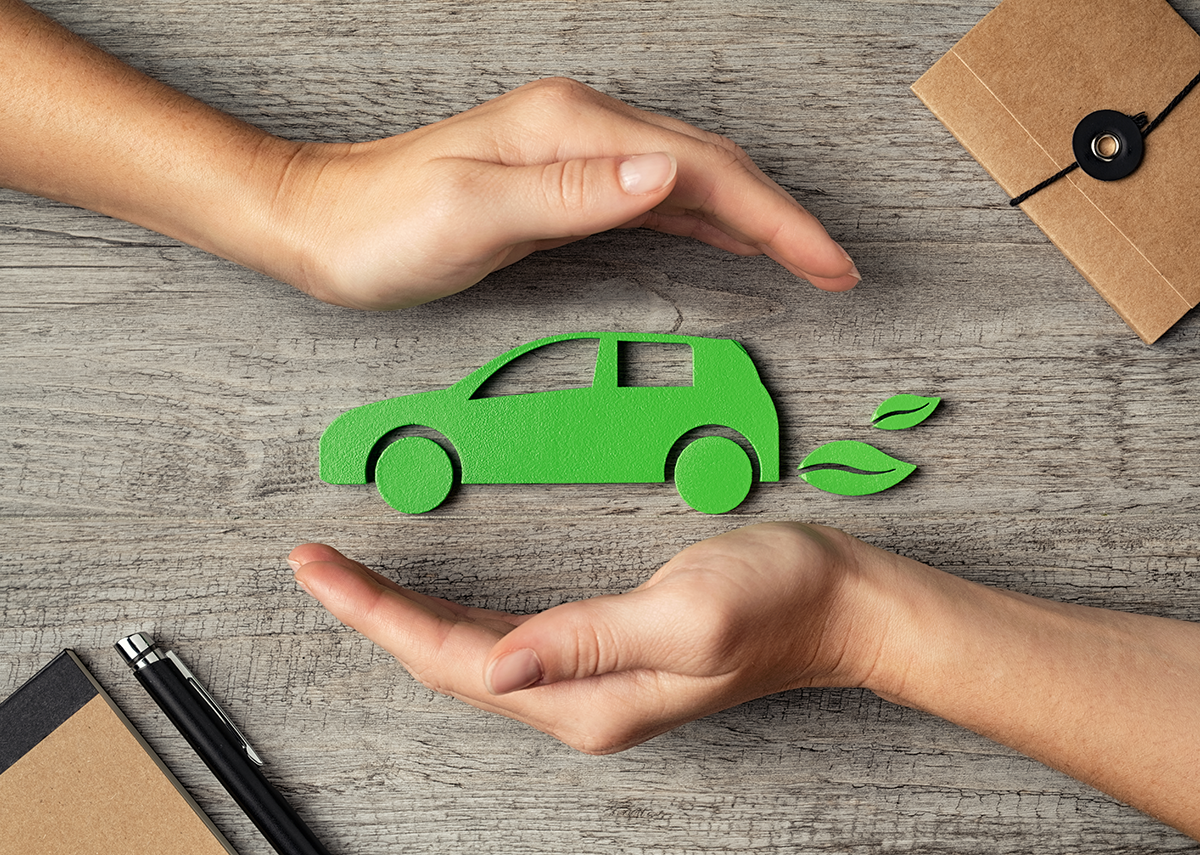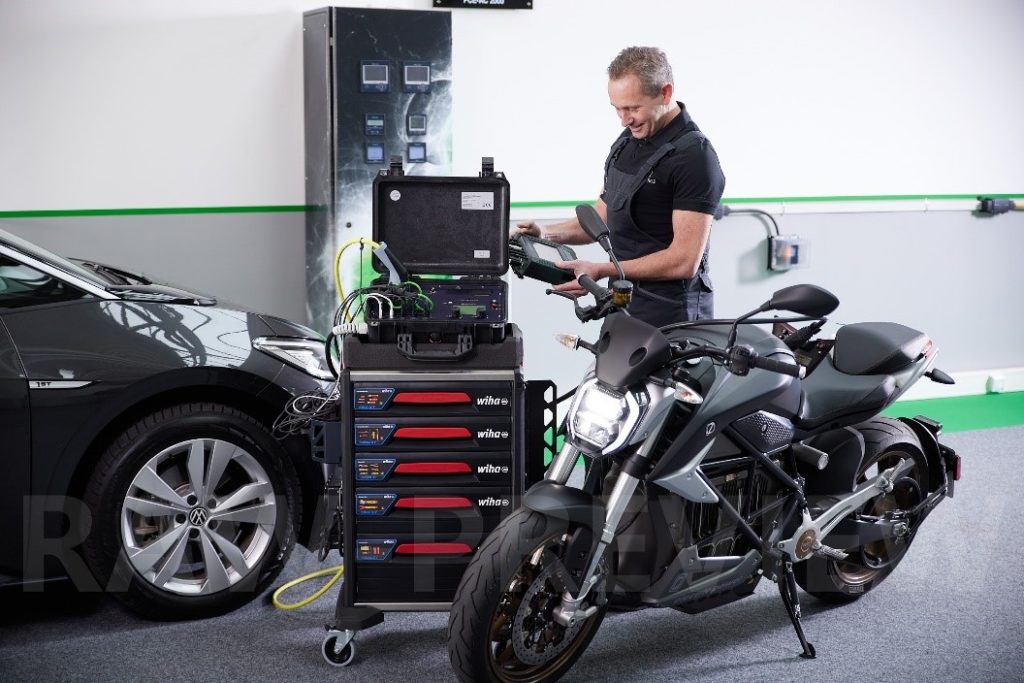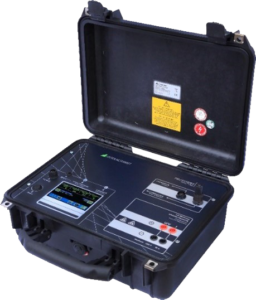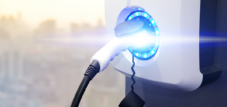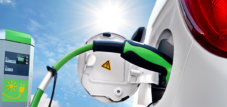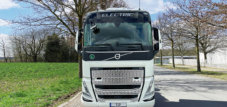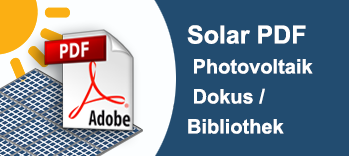Electromobility: How safe are electric cars? How is the safety of electric cars checked?
Language selection 📢
Published on: July 26, 2021 / Update from: August 4, 2021 - Author: Konrad Wolfenstein
Test future technologies reliably and safely – shape the future safely
The path to an industrial society that is committed to sustainability and is aware of its responsibility towards future generations leads to a future without the use of nuclear energy. The central point here is the expansion of renewable energies. New technologies for energy production and extraction as well as emission-free transportation are becoming increasingly important. The promotion of these technologies continues to progress. Virtual power plants are already connecting a wide variety of energy producers and electricity consumers.
In order to ensure the necessary safety of all systems and also of the users, comprehensive tests, especially electrical safety, are necessary. GOSSEN METRAWATT , as one of the global market leaders in testing technology, has developed into a solution provider, including for new technologies.
Testing electromobility
Electromobility is the key to climate-friendly mobility worldwide. The operation of electric vehicles generates significantly less CO2, especially when combined with electricity generated from renewable sources.
The charging infrastructure has a significant influence on the reliable charging operation of an electric vehicle. If a few but important safety aspects are taken into account, electromobility easy and problem-free to use for all users. With an electric vehicle, a very high level of electrical power is required over the entire duration of the charging process - possibly several hours. Consequently, the charging infrastructure must be designed and tested accordingly.
There are currently 36,894 normal charging points and 6,099 fast charging points installed in Germany (Federal Network Agency as of May 1, 2021). The combined CCS charging system ensures both charging at normal charging stations with alternating current (AC charging stations) and fast charging with direct current (DC charging stations).
In addition to checking the protective measures of the charging infrastructure and electrical safety, the function of the charging station must also be checked. For this purpose, the vehicle connected to the column and the coding of the charging cable are simulated via adapters (according to DIN EN 61851 / VDE0122 / DIN SPEC 70121-1 and ISO 15118-1).
All components of the AC (normal) and DC (fast charging) charging infrastructure can be tested Gossen Metrawatt
- Simulation of all charging states using ProTyp test adapters
- Check charging infrastructure with PROFITEST MXTRA/PRIME and test adapter
- Diagnosis of malfunctions of the PROFITEST H+E BASE/XTRA charging infrastructure
- Check charging cables with SECUTEST ST and PROFITEST MXTRA
- Analyze malfunctions in the charging process with MAVOWATT PQ
- Testing high-voltage technology in electric vehicles with METRAHIT IM-XTRA/E-DRIVE
Testing photovoltaic systems
In 2020, renewable energies (RE) accounted for a share of more than 50% of net electricity generation in Germany for the first time. Based on the consumption figures from the previous year [BDEW3], photovoltaics accounted for around 10.5% of net electricity generation with electricity generation of 51.42 TWh (according to the Fraunhofer Institute for Solar Energy Systems ISE).
The sun is available everywhere as an inexhaustible source of energy and is one of the earth's natural energies. This energy is continually regenerated by the power of the sun.
Using a patented process, the PROFITEST PV can test the installed PV modules directly at the installation site with just one measurement and without specifying the module data:
- Peak power
- Series internal resistance
- Parallel internal resistance
- isolation
- polarity
- Ground fault
- protective conductor
With the PROFITEST PVSUN and the PROFITEST PVSUN MEMO, all required electrical safety tests on photovoltaic systems can be carried out easily, safely and in accordance with DIN EN 62446 and the characteristics of the modules can be recorded. The test devices are suitable for testing PV modules and strings up to a maximum of 1,500 V / 20 A.
Matches:
Testing wind turbines
Humans have always made use of the power of the wind. Whether in windmills or sailing ships, this energy has been used for centuries. With the latest technical possibilities, it is becoming increasingly easier to exploit this enormous potential.
Wind power was again the most important source of energy in 2020, accounting for 27 percent of electricity generation. But the German offshore wind energy market was on ice in the second half of 2020. Compared to the previous year, the output of newly commissioned offshore wind turbines fell by around 80 percent in 2020.
Nevertheless, the operational safety of wind turbines is of central importance. Professional testing technology must ensure that the high investments in the expansion of this technology pay off and that the reliability required by insurers is maintained throughout the entire term.
The PROFITEST PRIME, as a test device for protective measures tests in AC networks up to 690V and DC networks up to 800V, is used as an approved test device according to DIN EN 61557/VDE 0413 for testing wind turbines for:
- Internal network and fault loop impedance
- Low impedance
- RCD testing
- isolation
- Leakage and differential currents
- Dielectric strength
- protective conductor
Testing battery storage
Battery storage is not only used as a UPS (uninterruptible power supply) in data centers, hospitals or other critical installations.
The expected increase in electrically powered vehicles on the road will lead to time-of-day-dependent load peaks for all electricity customers. With the help of battery-operated energy storage devices, these can be reduced and possibly almost completely avoided. In conjunction with photovoltaics, battery storage will enable private installations of wallboxes for charging e-mobility. By integrating a suitable home storage system, the proportion of self-used PV electricity can be significantly increased.
METRACELL BT PRO is used to test:
- Internal resistance of battery storage
- Measurement of electrical resistance (Rel)
- Measurement of the electrochemical (charge transfer) resistance (Rct)
- Measurement of block voltages
- Measurement of total voltages up to 600 V
- Measurement of charging and discharging currents
- Measurement of block temperatures
- Detection of acid densities
In all areas, protecting the user from damage caused by electrical current is the top priority.
In addition, the function and performance of the components used are checked. All tests carried out must be documented and repeated at regular intervals. The intervals are specified by legal requirements, standards or the manufacturer's information. In order to carry out the measurements and tests, the examiner requires specialist knowledge and expertise. This can be acquired through training or further education and should be updated again and again.
Suitable for:
About Gossen Metrawatt
Metrawatt International GmbH is the parent company of the Gossen-Metrawatt Group, a Nuremberg-based, global provider of electronic capital goods. The companies operating under its umbrella include Gossen Metrawatt GmbH, Nuremberg, as the world market leader in measuring and testing devices, Camille Bauer Metrawatt AG, CH-Wohlen, which deals with industrial measurement and control technology, and Global Power Technology Inc. with operational Companies Dranetz, Daytronic and Electrotek Concepts in the USA, which specializes in power quality and analysis. The group also includes Gossen Photo- und Lichtmesstechnik GmbH, which produces industrial light measurement technology. In 2014, the British Seaward Group, a manufacturer of electrical measuring and testing devices for safety-related device testing, medical device testing and testing in the field of renewable energies, was acquired through an acquisition, and in 2016 Kurth Elektronik GmbH, a measurement technology specialist in the field of telecommunications, was acquired. Data technology and electrical installation.
Production takes place in Nuremberg, in Wohlen and, since the takeover of Dranetz, also in the USA. There are also sales companies in Italy, the Netherlands, the Czech Republic, Switzerland, Austria, France and Spain.
Why Xpert.Solar? – Electromobility: How safe are electric cars? How is the safety of electric cars checked?
Xpert.Solar is a project from Xpert.Digital. We have many years of experience in supporting and advising on storage solutions and in logistics optimization, which we bundle in a large network Xpert.Plus With Xpert.Solar we combine the same know-how in the areas of photovoltaics and renewable energies.
I would be happy to serve as your personal advisor.
You can contact me by filling out the contact form below or simply call me on +49 89 89 674 804 (Munich) .
I'm looking forward to our joint project.
Xpert.Digital – Konrad Wolfenstein
Xpert.Digital is a hub for industry with a focus on digitalization, mechanical engineering, logistics/intralogistics and photovoltaics.
With our 360° business development solution, we support well-known companies from new business to after sales.
Market intelligence, smarketing, marketing automation, content development, PR, mail campaigns, personalized social media and lead nurturing are part of our digital tools.
You can find out more at: www.xpert.digital – www.xpert.solar – www.xpert.plus



